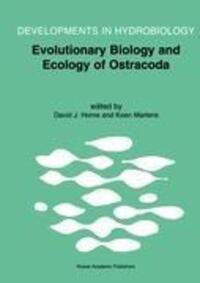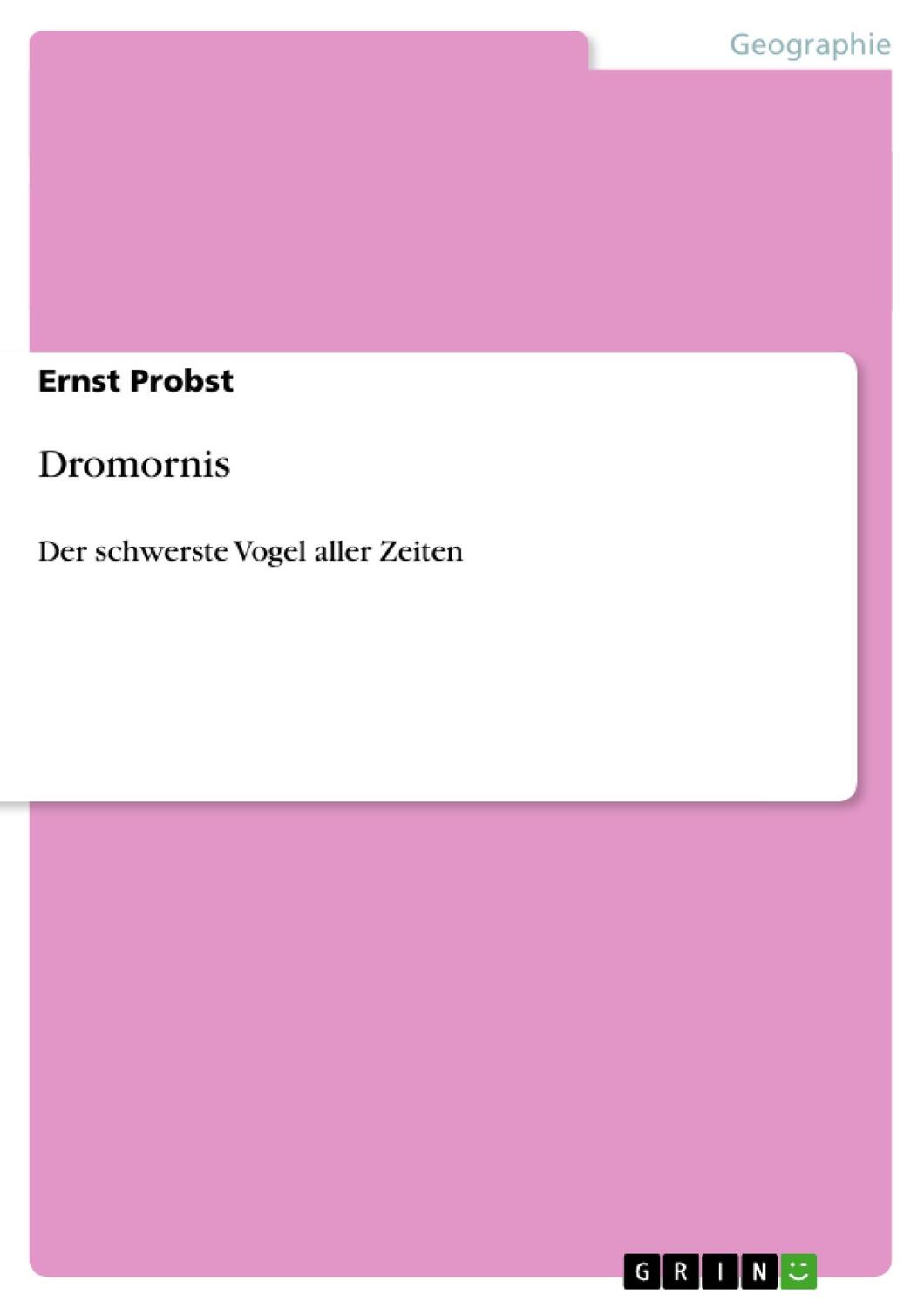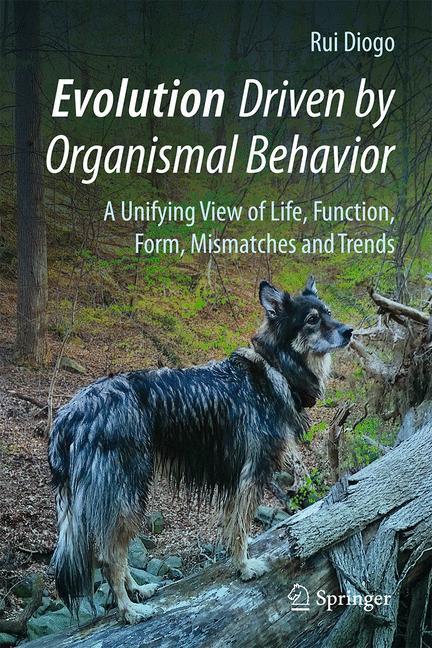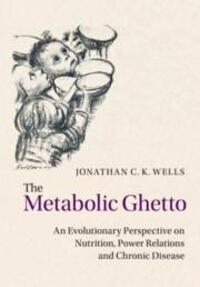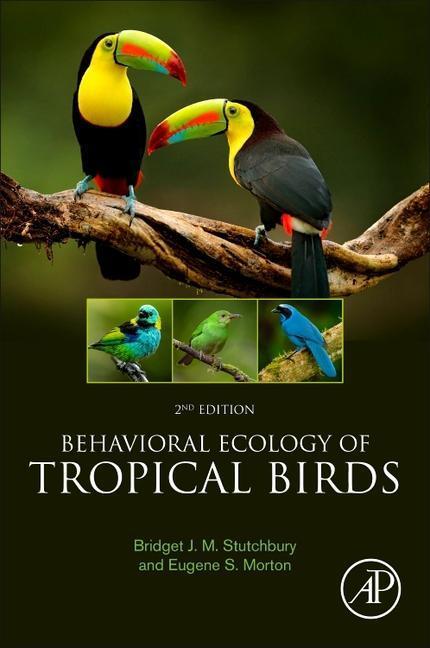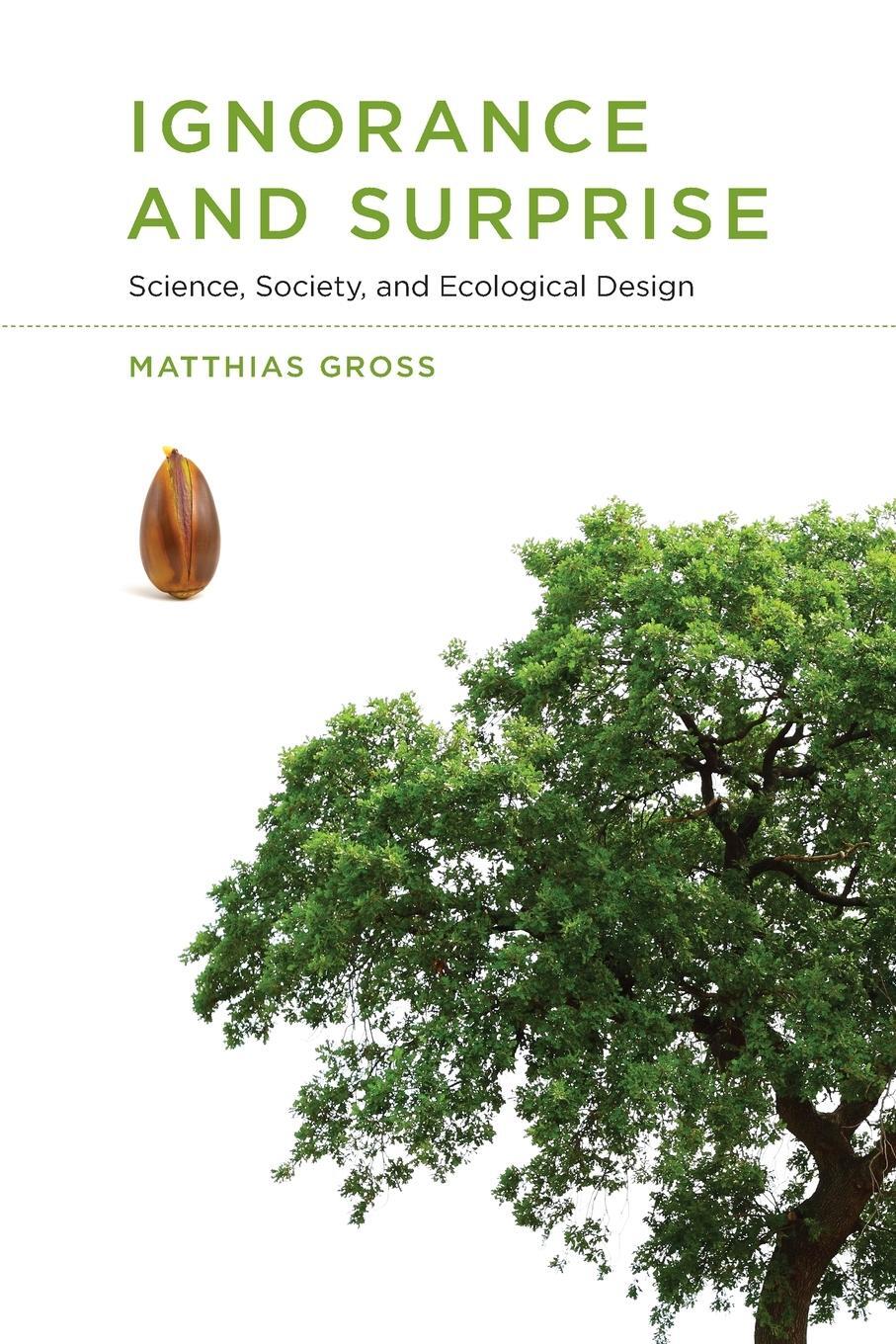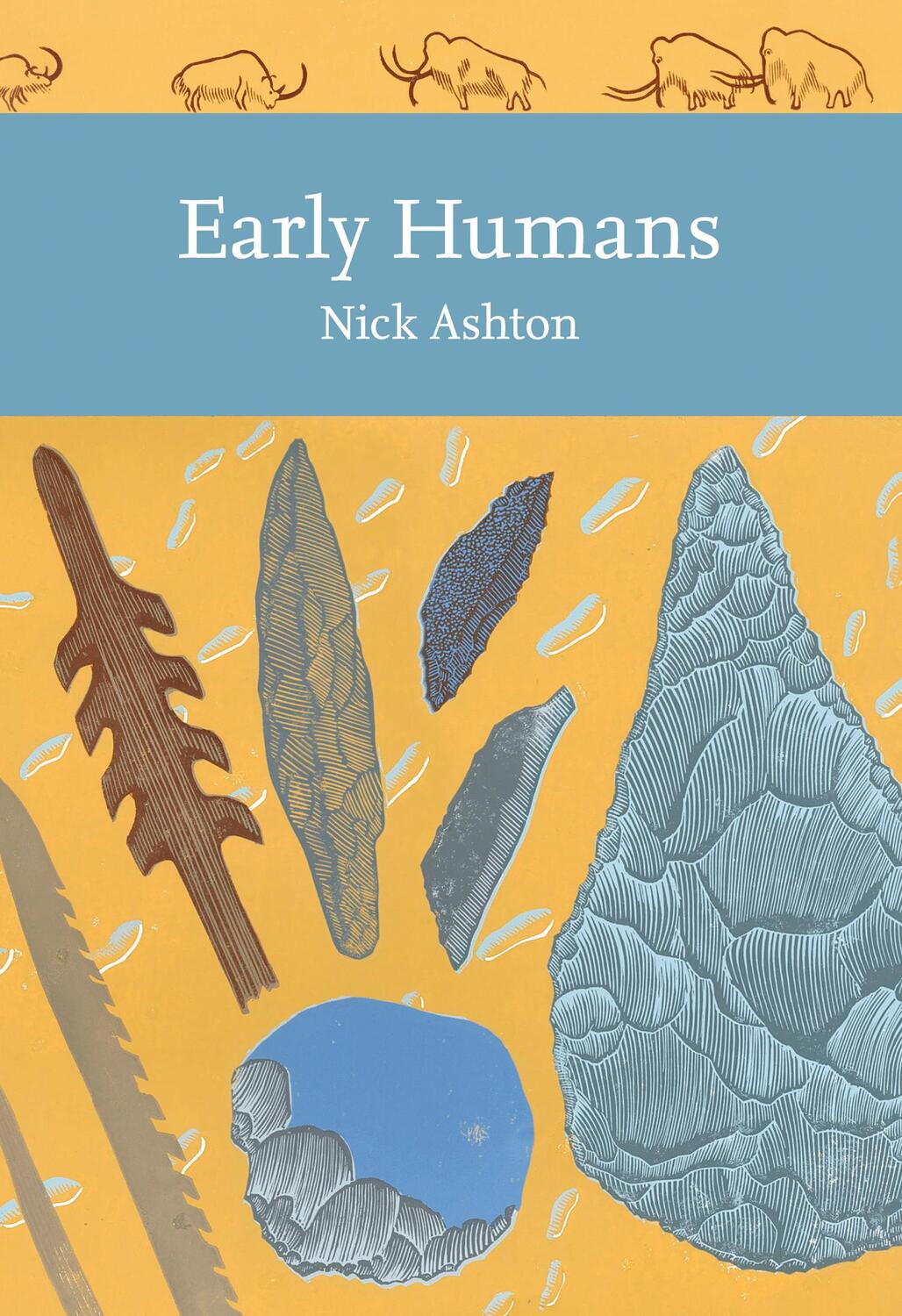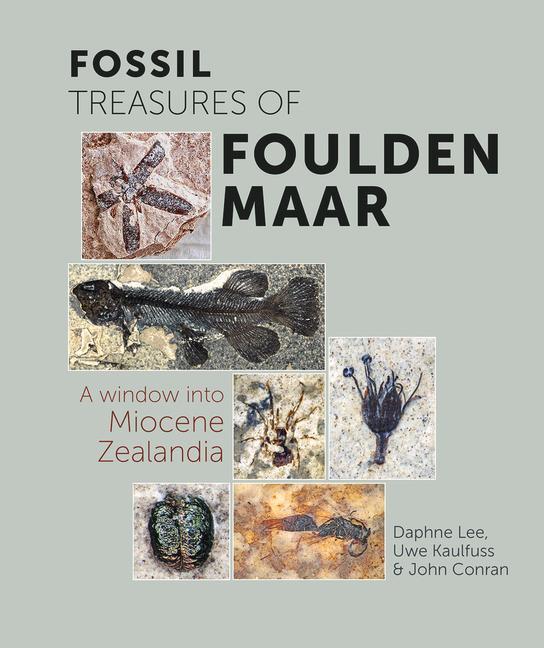Dekorationsartikel gehören nicht zum Leistungsumfang.
Sprache:
Englisch
141,95 €*
Versandkostenfrei per Post / DHL
Lieferzeit 2-3 Wochen
Kategorien:
Beschreibung
Ostracoda (Crustacea) are potentially excellent model organisms for evolutionary studies, because they combine an extensive fossil record with a wide recent distribution and therefore allow studies on both patterns and processes leading to extant diversity. The main scientific domains contributing theories, concepts, and data to evolutionary biology are morphology (including ontogeny), palaeontology, genetics, and ecology, and to all of these aspects ostracods can contribute. This is clearly illustrated by the fifteen papers presented under Theme 3 of the 13th International Symposium on Ostracoda (Chatham, UK) in 1997 which are grouped in the present proceedings, one of three volumes resulting from this meeting. The contributions deal with the evolution of both extant and fossil forms (including most of the Phanaerozoic), ecology of both marine and freshwater taxa, and (developmental) morphology of both soft parts and valves. Although the canvas is wide, each paper clearly shows how studies on Ostracoda can be relevant to general theory on evolutionary biology and ecology.
Ostracoda (Crustacea) are potentially excellent model organisms for evolutionary studies, because they combine an extensive fossil record with a wide recent distribution and therefore allow studies on both patterns and processes leading to extant diversity. The main scientific domains contributing theories, concepts, and data to evolutionary biology are morphology (including ontogeny), palaeontology, genetics, and ecology, and to all of these aspects ostracods can contribute. This is clearly illustrated by the fifteen papers presented under Theme 3 of the 13th International Symposium on Ostracoda (Chatham, UK) in 1997 which are grouped in the present proceedings, one of three volumes resulting from this meeting. The contributions deal with the evolution of both extant and fossil forms (including most of the Phanaerozoic), ecology of both marine and freshwater taxa, and (developmental) morphology of both soft parts and valves. Although the canvas is wide, each paper clearly shows how studies on Ostracoda can be relevant to general theory on evolutionary biology and ecology.
Inhaltsverzeichnis
Preface. Ostracoda and the four pillars of evolutionary wisdom; K. Martens, D.J. Horne. Keynote Paper. Open questions in evolutionary ecology: do ostracods have the answers? R.K. Butlin, P. Menozzi. Part 1: Morphological Evolution. Trunk segmentation of some podocopine lineages in Ostracoda; A. Tsukagoshi, A.R. Parker. The ontogeny of the cypridid ostracod Eucypris virens (Jurine, 1820) (Crustacea, Ostracoda); R.J. Smith, K. Martens. Ontogenetic changes in the carapace shape of the non-marine ostracod Eucypris virens (Jurine); A. Baltanás, et al. Multifunctions of the upper lip and a ventral reflecting organ in a bioluminescent ostracod Vargula hilgendorfii (Müller, 1890); K. Abe, et al. Factors affecting the divergence of mate recognition systems in the Limnocytherinae (Crustacea, Ostracoda); K. Martens. Part 2: Evolutionary History - the Fossil Record. An example of intralacustrine evolution at an early stage: the freshwater ostracods of the Miocene crater lake of Steinheim (Germany); H. Janz. The origins of modern nonmarine ostracod faunas: evidence from the Late Cretaceous and Early Palaeogene of Mongolia; K. Yo. The evolutionary history of Late Permian Darwinulocopina Sohn, 1988 (Ostracoda) from the Russian Plate; I.I. Molostovskaya. Part 3: Ecology and Palaeoecology. Variable noding in Cyprideis torosa (Ostracoda, Crustacea): an overview, experimental results and a model from Catastrophe Theory; D. van Harten. The effect of temperature on shell size and growth rate in Krithe praetexta praetexta (Sars); S. Majoran, et al. The life history and culturing of Xestoleberis hanaii (Crustacea, Ostracoda); N. Ikeya, M. Kato. Factors Influencingintraspecific variation and polymorphism in marine podocopid Ostracoda, with particular reference toTertiary species from southeastern Australia; J.V. Neil. Trend, signal and noise in the ecology of Ostracoda: information from rare species in low-diversity assemblages; J.M. Slack, et al. Reproductive strategy of an isopod Onisocryptus ovalis, parasitizing a bioluminescent myodocope ostracod Vargula hilgendorfii; K. Abe, J. Horiuchi.
Details
| Erscheinungsjahr: | 2000 |
|---|---|
| Fachbereich: | Allgemeines |
| Genre: | Biologie |
| Rubrik: | Naturwissenschaften & Technik |
| Medium: | Buch |
| Seiten: | 212 |
| Reihe: | Developments in Hydrobiology |
| Inhalt: |
xi
197 S. |
| ISBN-13: | 9780792363965 |
| ISBN-10: | 0792363965 |
| Sprache: | Englisch |
| Ausstattung / Beilage: | HC runder Rücken kaschiert |
| Einband: | Gebunden |
| Redaktion: |
Martens, Koen
Horne, David J. |
| Herausgeber: | David J Horne/Koen Martens |
| Auflage: | Reprinted from HYDROBIOLOGIA, 419, 2000 |
| Hersteller: |
Springer Netherland
Springer Netherlands Developments in Hydrobiology |
| Maße: | 260 x 183 x 18 mm |
| Von/Mit: | Koen Martens (u. a.) |
| Erscheinungsdatum: | 31.05.2000 |
| Gewicht: | 0,654 kg |
Inhaltsverzeichnis
Preface. Ostracoda and the four pillars of evolutionary wisdom; K. Martens, D.J. Horne. Keynote Paper. Open questions in evolutionary ecology: do ostracods have the answers? R.K. Butlin, P. Menozzi. Part 1: Morphological Evolution. Trunk segmentation of some podocopine lineages in Ostracoda; A. Tsukagoshi, A.R. Parker. The ontogeny of the cypridid ostracod Eucypris virens (Jurine, 1820) (Crustacea, Ostracoda); R.J. Smith, K. Martens. Ontogenetic changes in the carapace shape of the non-marine ostracod Eucypris virens (Jurine); A. Baltanás, et al. Multifunctions of the upper lip and a ventral reflecting organ in a bioluminescent ostracod Vargula hilgendorfii (Müller, 1890); K. Abe, et al. Factors affecting the divergence of mate recognition systems in the Limnocytherinae (Crustacea, Ostracoda); K. Martens. Part 2: Evolutionary History - the Fossil Record. An example of intralacustrine evolution at an early stage: the freshwater ostracods of the Miocene crater lake of Steinheim (Germany); H. Janz. The origins of modern nonmarine ostracod faunas: evidence from the Late Cretaceous and Early Palaeogene of Mongolia; K. Yo. The evolutionary history of Late Permian Darwinulocopina Sohn, 1988 (Ostracoda) from the Russian Plate; I.I. Molostovskaya. Part 3: Ecology and Palaeoecology. Variable noding in Cyprideis torosa (Ostracoda, Crustacea): an overview, experimental results and a model from Catastrophe Theory; D. van Harten. The effect of temperature on shell size and growth rate in Krithe praetexta praetexta (Sars); S. Majoran, et al. The life history and culturing of Xestoleberis hanaii (Crustacea, Ostracoda); N. Ikeya, M. Kato. Factors Influencingintraspecific variation and polymorphism in marine podocopid Ostracoda, with particular reference toTertiary species from southeastern Australia; J.V. Neil. Trend, signal and noise in the ecology of Ostracoda: information from rare species in low-diversity assemblages; J.M. Slack, et al. Reproductive strategy of an isopod Onisocryptus ovalis, parasitizing a bioluminescent myodocope ostracod Vargula hilgendorfii; K. Abe, J. Horiuchi.
Details
| Erscheinungsjahr: | 2000 |
|---|---|
| Fachbereich: | Allgemeines |
| Genre: | Biologie |
| Rubrik: | Naturwissenschaften & Technik |
| Medium: | Buch |
| Seiten: | 212 |
| Reihe: | Developments in Hydrobiology |
| Inhalt: |
xi
197 S. |
| ISBN-13: | 9780792363965 |
| ISBN-10: | 0792363965 |
| Sprache: | Englisch |
| Ausstattung / Beilage: | HC runder Rücken kaschiert |
| Einband: | Gebunden |
| Redaktion: |
Martens, Koen
Horne, David J. |
| Herausgeber: | David J Horne/Koen Martens |
| Auflage: | Reprinted from HYDROBIOLOGIA, 419, 2000 |
| Hersteller: |
Springer Netherland
Springer Netherlands Developments in Hydrobiology |
| Maße: | 260 x 183 x 18 mm |
| Von/Mit: | Koen Martens (u. a.) |
| Erscheinungsdatum: | 31.05.2000 |
| Gewicht: | 0,654 kg |
Warnhinweis

